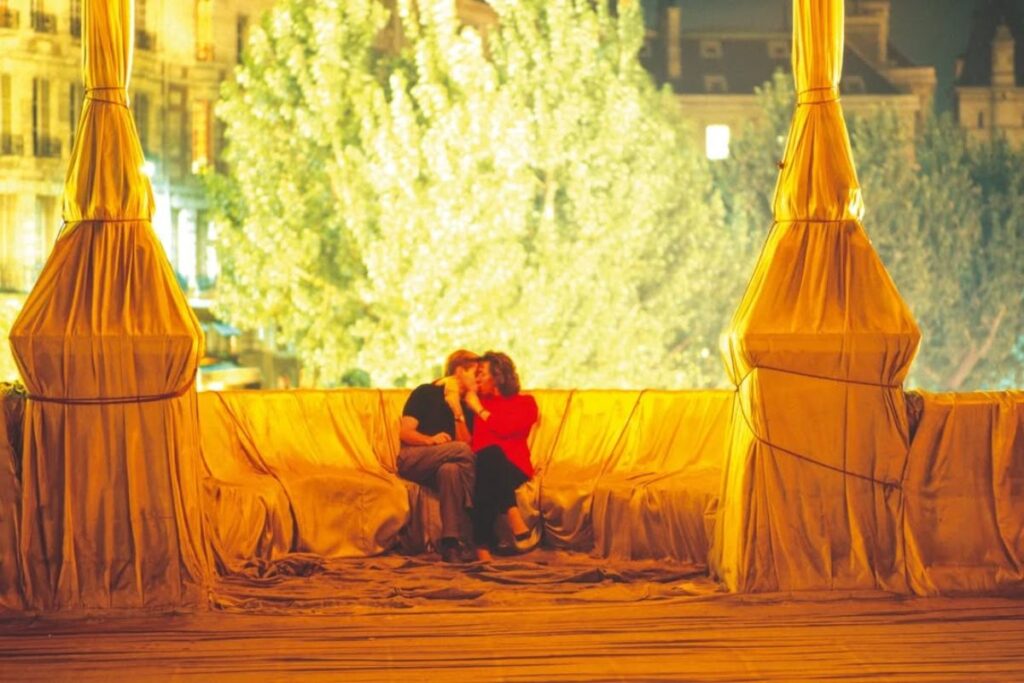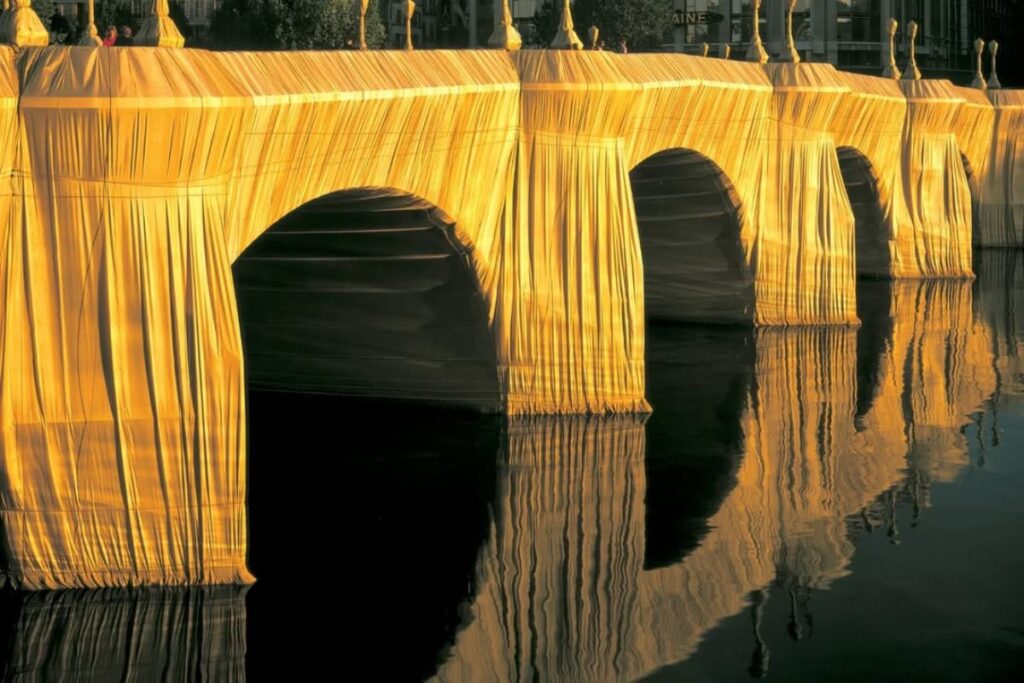Christo and Jeanne-Claude didn’t just create art; they transformed landscapes, wrapped monuments, and challenged perceptions. Their monumental environmental installations redefined the boundaries of contemporary art, leaving a legacy that continues to inspire and provoke.
Christo and Jeanne-Claude: The Environmental Artists Who Transformed Spaces
Christo and Jeanne-Claude redefined contemporary art with monumental, temporary installations that challenged perceptions and embraced impermanence.
Por: Angela Leon Cervera


How Did Christo and Jeanne-Claude Redefine Environmental Art?
The duo’s signature technique—wrapping landscapes, buildings, and landmarks in fabric—turned ordinary spaces into extraordinary spectacles. Projects like Wrapped Reichstag and Surrounded Islands showcased their ability to merge art with architecture, creating ephemeral works that demanded attention. Their installations were massive in scale yet fleeting in existence, reminding us of the beauty in impermanence.
While Christo and Jeanne-Claude emphasized the visual impact of their art, their projects often carried deeper implications. They highlighted themes like human agency, environmental awareness, and the interplay between nature and industrialization. By altering familiar spaces, they invited audiences to see the world differently—through vibrant colors, bold contrasts, and temporary transformations.

What Challenges Did They Overcome?
Creating large-scale installations wasn’t easy. Each project required years of planning, technical innovation, and political negotiation. For example, Running Fence in California spanned 24 miles and involved extensive environmental studies to ensure minimal impact. Despite challenges, their dedication turned seemingly impossible visions into reality.
Their projects often sparked debates about environmental impact and artistic value. Critics questioned the temporary nature of their art and its ecological footprint. Yet the duo conducted thorough studies and recycled materials to address concerns. For them, the dialogue surrounding their work was as integral as the art itself.

Why Does Their Legacy Matter Today?
Christo and Jeanne-Claude’s fearless approach to scale and innovation set a precedent for environmental art. Their ability to transform public spaces inspired generations of artists to think beyond traditional mediums. Their work blurred the lines between art, architecture, and activism.
Their installations were temporary but unforgettable. Jeanne-Claude likened their works to rainbows—beautiful because of their fleeting nature. This philosophy resonates today as we grapple with impermanence in our fast-changing world.
Christo and Jeanne-Claude’s legacy lies not just in what they created but in how they changed perceptions. They showed us that art could be monumental yet intimate, ephemeral yet eternal. Their environmental installations remind us to see beauty in transformation—and to embrace the fleeting moments that shape our lives.
Exploring the Iconic Works of Christo and Jeanne-Claude
- What is Christo and Jeanne-Claude’s most famous work? Projects like The Gates in Central Park or Wrapped Reichstag are among their most iconic installations due to their scale and impact.
- Did their projects harm the environment? No. They conducted detailed environmental studies for each project and recycled materials afterward to minimize ecological impact.
- Why did they wrap landmarks in fabric? Wrapping transformed familiar structures into abstract forms, encouraging audiences to reconsider space, texture, and perception.
- How long did their installations last? Most of their works were temporary, lasting weeks or months before being dismantled—a deliberate choice reflecting impermanence.
- What was their artistic philosophy? They believed art should bring joy and beauty while challenging conventions. Their works aimed to offer new ways of seeing the familiar.
If you found this article on Christo and Jeanne-Claude inspiring, please share it. You may also enjoy our feature on other pioneering artists of environmental art. Discover more in our Art & Culture section.
